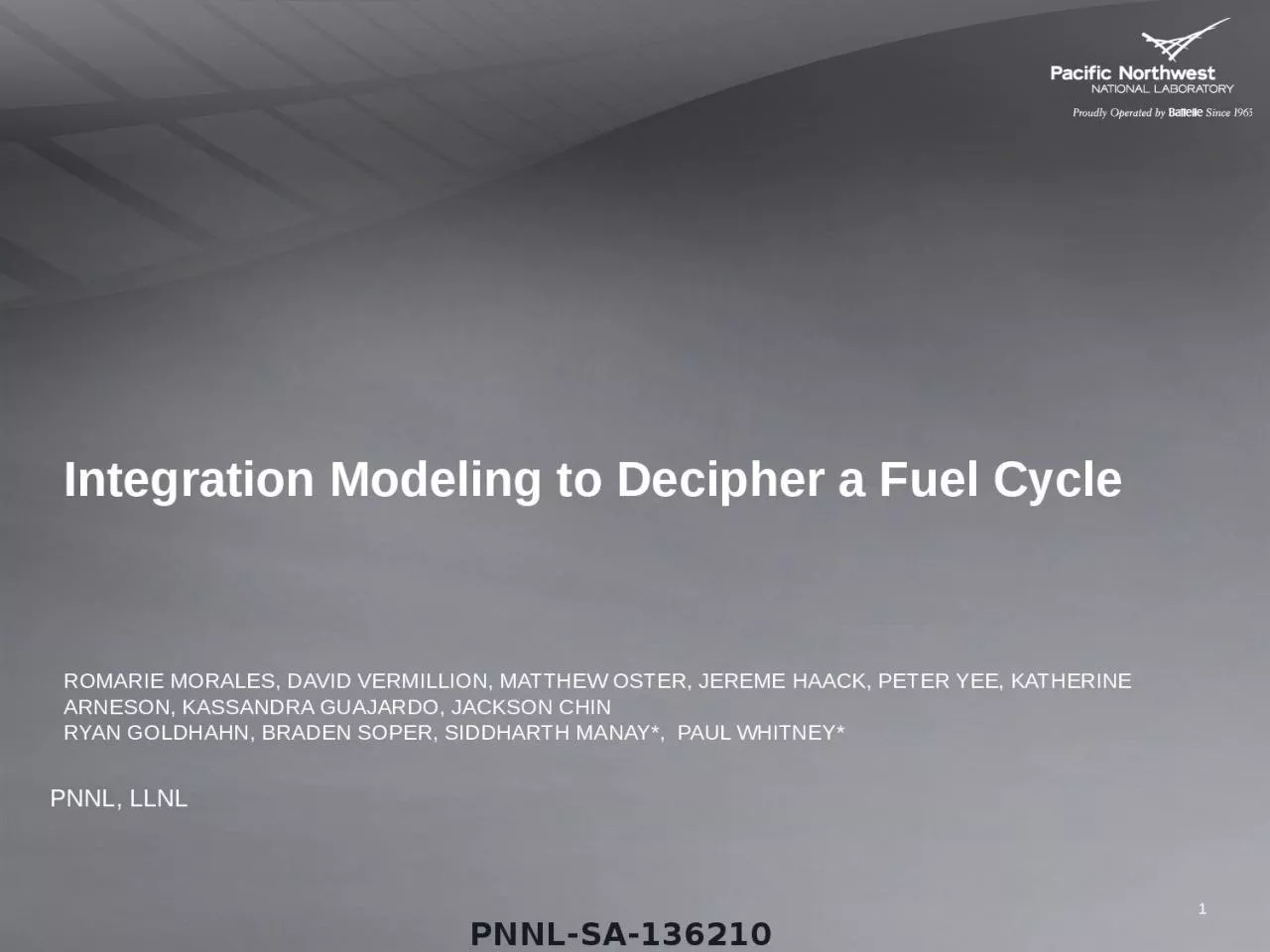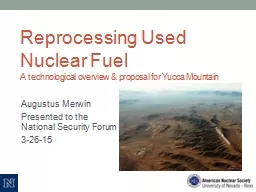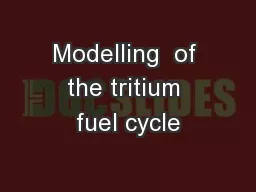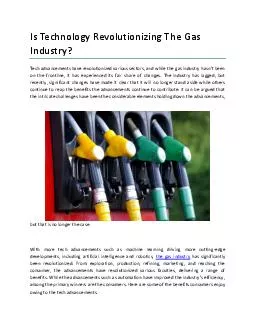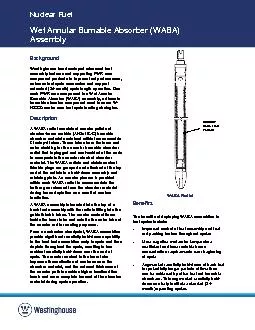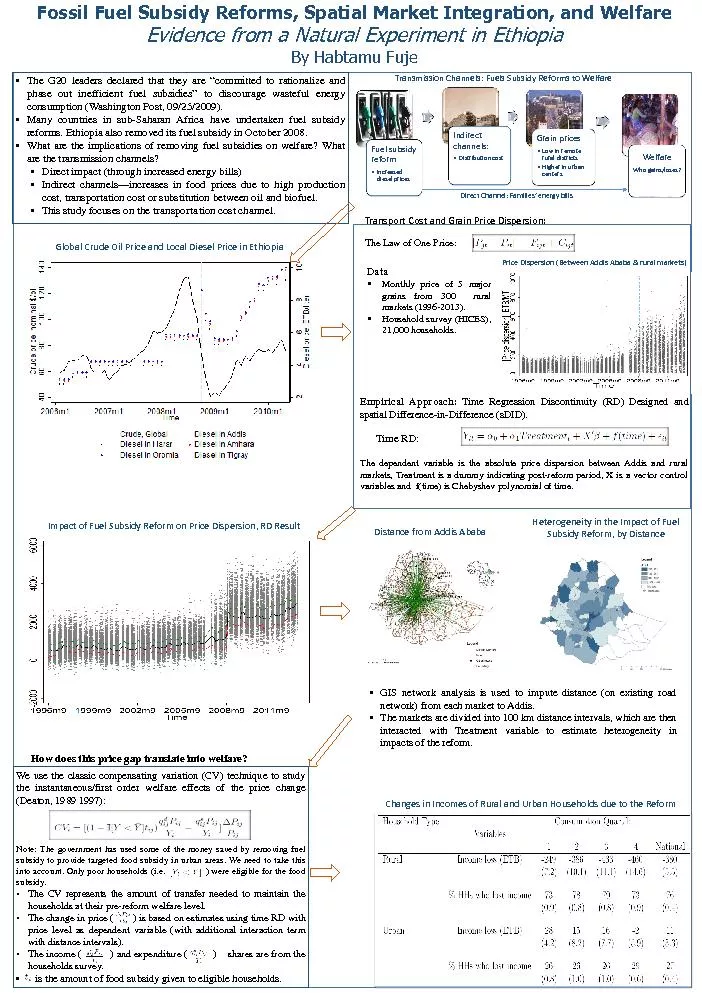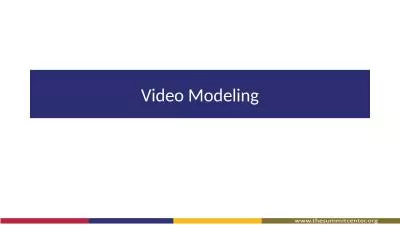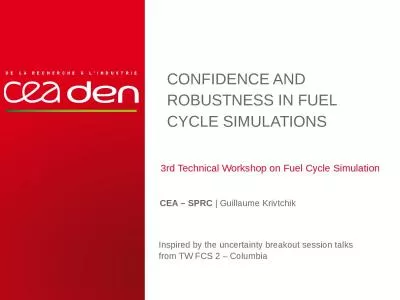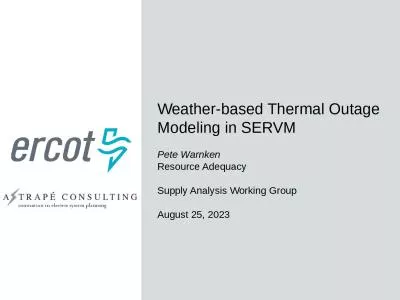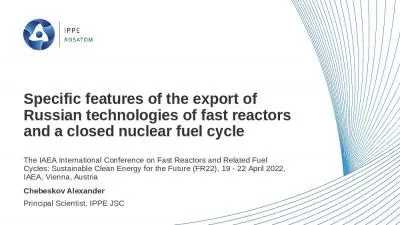PPT-Integration Modeling to Decipher a Fuel Cycle
Author : stella | Published Date : 2023-10-04
Romarie Morales David Vermillion Matthew Oster Jereme Haack Peter Yee Katherine Arneson Kassandra Guajardo Jackson Chin Ryan Goldhahn Braden Soper Siddharth
Presentation Embed Code
Download Presentation
Download Presentation The PPT/PDF document "Integration Modeling to Decipher a Fuel ..." is the property of its rightful owner. Permission is granted to download and print the materials on this website for personal, non-commercial use only, and to display it on your personal computer provided you do not modify the materials and that you retain all copyright notices contained in the materials. By downloading content from our website, you accept the terms of this agreement.
Integration Modeling to Decipher a Fuel Cycle: Transcript
Download Rules Of Document
"Integration Modeling to Decipher a Fuel Cycle"The content belongs to its owner. You may download and print it for personal use, without modification, and keep all copyright notices. By downloading, you agree to these terms.
Related Documents

